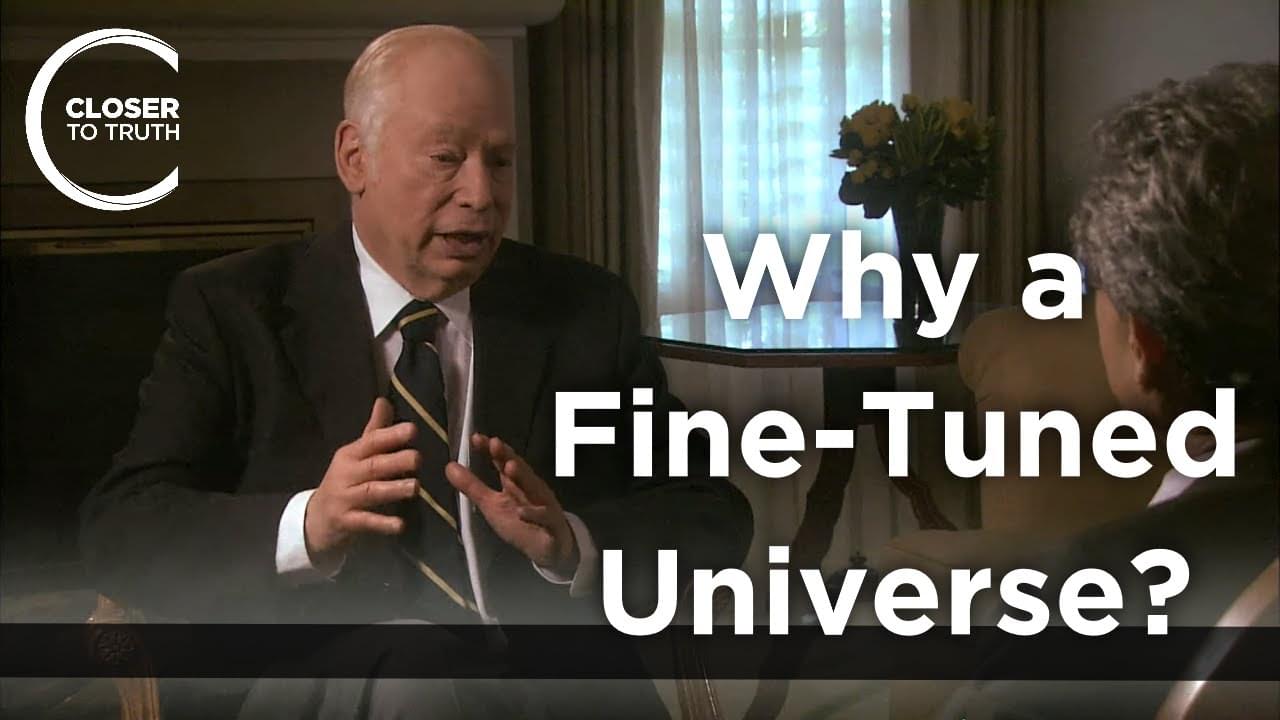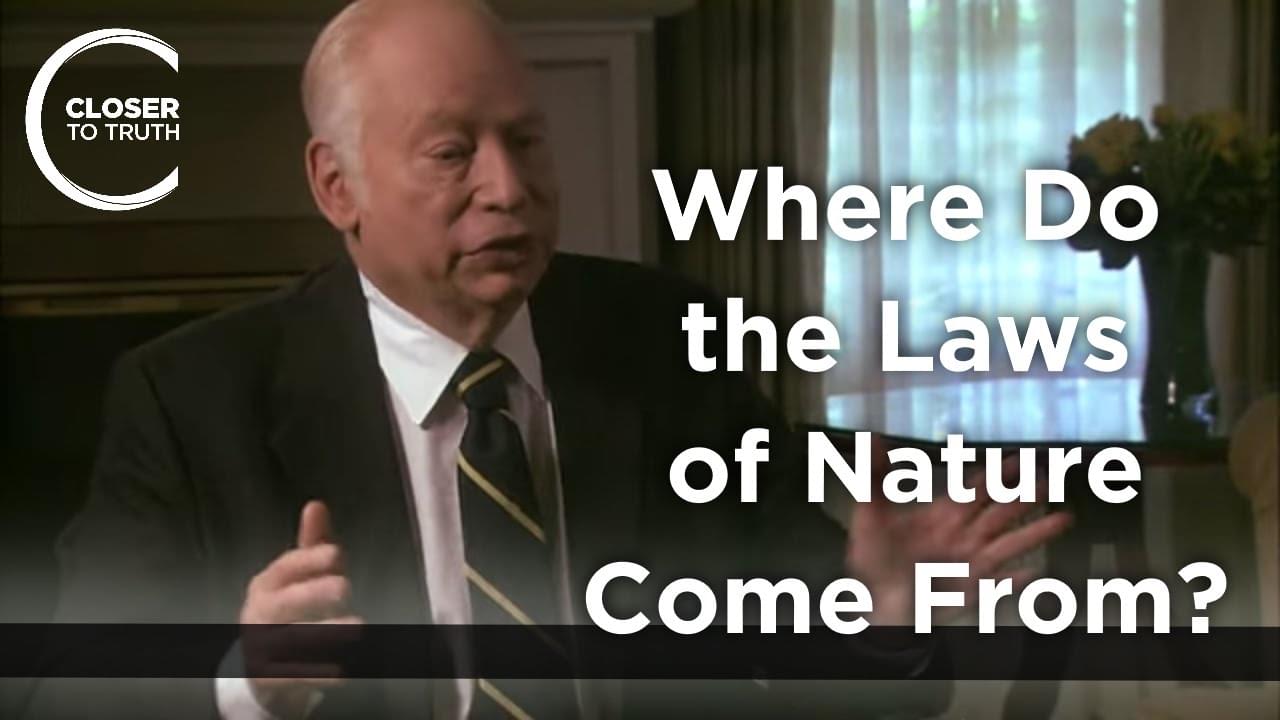Another video with some of the best arguments of the physicist Sean Carroll. Videos I used: Atheist Q & A: https://www.youtube.com/watch?v=E5pmvv_-LewMonday, J…

Another video with some of the best arguments of the physicist Sean Carroll. Videos I used: Atheist Q & A: https://www.youtube.com/watch?v=E5pmvv_-LewMonday, J…

Sign up for a free Closer To Truth account to receive special members-only benefits: https://closertotruth.com/
How to explain our inner awareness that is at once most common and most mysterious? Traditional explanations focus at the level of neuron and neuronal circuits in the brain. But little real progress has motivated some to look much deeper, into the laws of physics — information theory, quantum mechanics, even postulating new laws of physics.
Continue reading “Sean Carroll — Physics of Consciousness” »

Lex Fridman Podcast full episode: https://www.youtube.com/watch?v=tdv7r2JSokIPlease support this podcast by checking out our sponsors:- HiddenLayer: https://…

How can so many numbers of nature—the constants and relationships of physics—be so spot-on perfect for humans to exist? Coincidence and luck seem wildly unlikely. This question causes controversy, among scientists and among philosophers. Beware: there is more than one answer lurking here.
Free access to Closer to Truth’s library of 5,000 videos: http://bit.ly/376lkKN
Continue reading “Steven Weinberg — Why a Fine-Tuned Universe?” »

Free access to Closer to Truth’s library of 5,000 videos: http://bit.ly/376lkKN What’s real? What’s fundamental? There are regularities in nature, things tha…
A crystal is an arrangement of atoms that repeats itself in space, in regular intervals: At every point, the crystal looks exactly the same. In 2012, Nobel Prize winner Frank Wilczek raised the question: Could there also be a time crystal—an object that repeats itself not in space but in time? And could it be possible that a periodic rhythm emerges, even though no specific rhythm is imposed on the system and the interaction between the particles is completely independent of time?
For years, Frank Wilczek’s idea has caused much controversy. Some considered time crystals to be impossible in principle, while others tried to find loopholes and realize time crystals under certain special conditions.
Now, a particularly spectacular kind of time crystal has successfully been created at Tsinghua University in China, with the support from TU Wien in Austria.
A new way to store carbon captured from the atmosphere, developed by researchers at The University of Texas at Austin, works much faster than current methods without the harmful chemical accelerants they require.
In new research published in ACS Sustainable Chemistry & Engineering, the team developed a technique for ultrafast formation of carbon dioxide hydrates. These unique ice-like materials can bury carbon dioxide in the ocean, preventing it from being released into the atmosphere.
“We’re staring at a huge challenge—finding a way to safely remove gigatons of carbon from our atmosphere—and hydrates offer a universal solution for carbon storage. For them to be a major piece of the carbon storage pie, we need the technology to grow them rapidly and at scale,” said Vaibhav Bahadur, a professor in the Walker Department of Mechanical Engineering who led the research. “We’ve shown that we can quickly grow hydrates without using any chemicals that offset the environmental benefits of carbon capture.”
Researchers have created tiny, vehiclelike structures which can be maneuvered by microscopic algae. The algae are caught in baskets attached to the micromachines, which have been carefully designed to allow them enough room to continue swimming. Two types of vehicles were created: the “rotator,” which spins like a wheel, and the “scooter,” which was intended to move in a forward direction but in tests moved more surprisingly. The team is planning to try different and more complex designs for their next vehicles. In the future, these mini algae teams could be applied to assist with micro-level environmental engineering and research.
You’ve likely heard of horsepower, but how about algae power? Like a sled drawn by a team of dogs or a plough pulled by oxen, researchers have created microscopic machines which can be moved by lively, tiny, single-celled green algae.
“We were inspired to try and harness Chlamydomonas reinhardtii, a very common algae found all over the world, after being impressed by its swift and unrestricted swimming capabilities,” said Naoto Shimizu, a student from the Graduate School of Information Science and Technology at the University of Tokyo (at the time of the study), who initiated the project. “We’ve now shown that these algae can be trapped without impairing their mobility, offering a new option for propelling micromachines which could be used for engineering or research purposes.”
Researchers from the Smart and Wireless Applications and Technologies Group (SWAT-UGR) have conducted two scientific studies aimed at answering a common question: understanding how electromagnetic waves propagate in the medium.
The increase in network speed opens the door to new possibilities, such as robotic surgery or virtual reality services.
A team of UGR researchers has examined the propagation of electromagnetic waves with the goal of enhancing the deployment of 5G and 6G networks. Additionally, the study results contribute to the development of Industry 4.0, which seeks to automate processes in factories using wireless technologies.
A scientific breakthrough on the tiniest scale could soon help us answer the universe’s greatest mysteries.
